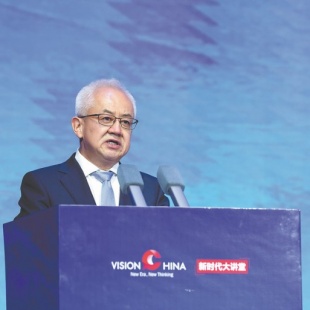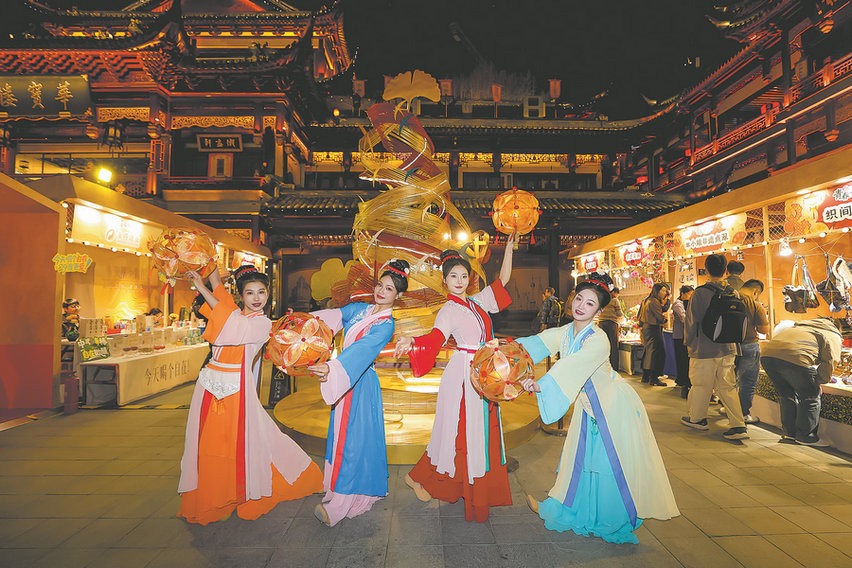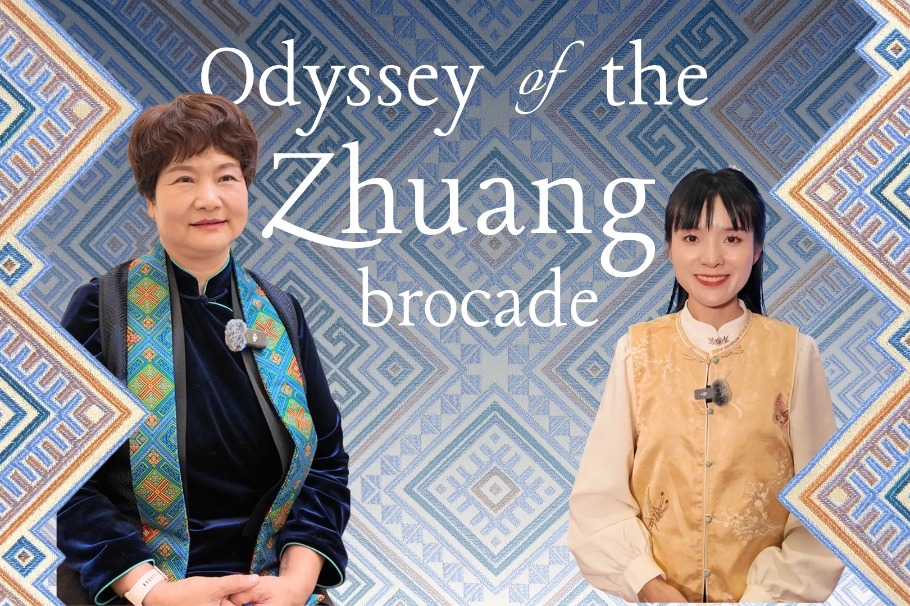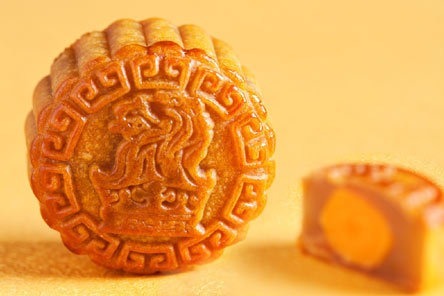Ancient altars to modern museums

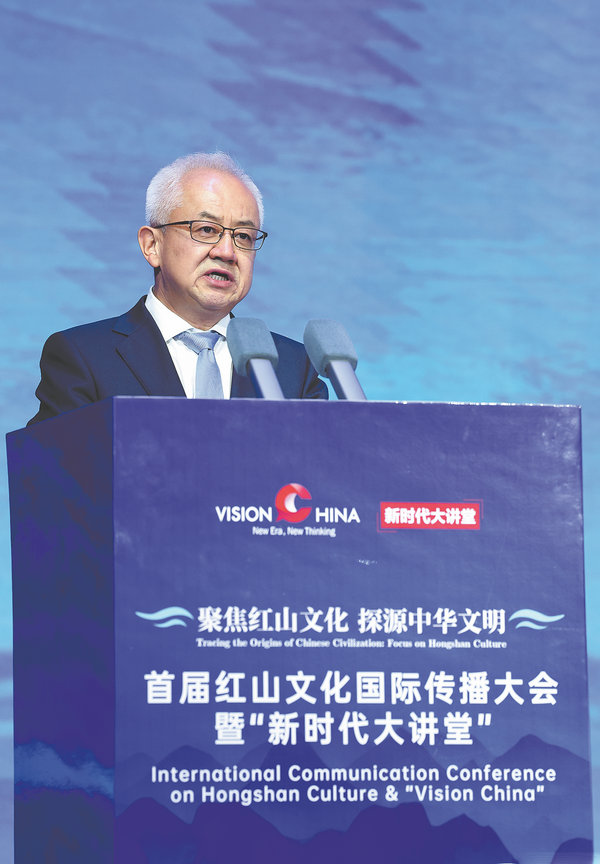
Hongshan culture's jade ritual artifacts, large-scale sacrificial sites and complex social belief systems make it a cornerstone of late-Neolithic archaeology in northeastern China and an indispensable part of discussions on the origins of Chinese civilization.
Recognizing its key role and ongoing preservation efforts, Qiao Yunfei, deputy head of the National Cultural Heritage Administration, offered suggestions regarding its protection and promotion in his speech at the International Communication Conference on Hongshan Culture and Vision China event held in Chaoyang, Liaoning province, on Saturday.
"Archaeological research on Hongshan culture has been in sync with the development of Chinese archaeology over the past century, continuously contributing to the construction of archaeology with Chinese characteristics, style and ethos," Qiao said.
He acknowledged the efforts made by the regional governments of Liaoning province and the Inner Mongolia autonomous region to safeguard cultural heritage, saying that by strengthening preservation efforts, they have been infusing Hongshan culture with contemporary vitality, as well as injecting lasting energy into local cultural development.
During the 14th Five-Year Plan period (2021-25), the National Cultural Heritage Administration has included research on Hongshan culture in key national initiatives, such as the "Archaeology China" program and a project to trace the origins of Chinese civilization. The administration also supported the construction and opening of the Niuheliang National Archaeological Site Park. Niuheliang is a key site of Hongshan culture in Liaoning.
In order to advance the research, protection and engagement of Hongshan culture, Qiao put forward several suggestions in the aspects of theoretical innovation, preservation and public display, and cultural promotion.
He called for integrated efforts that combine field archaeology, interdisciplinary collaboration and theoretical research to reveal the unique role Hongshan culture plays in the origins and development of Chinese civilization.
Meanwhile, cultural heritage should be allowed public access in accordance with relevant laws and scientific principles. Museums and archaeological site parks should be built and opened to the public, which will enhance cultural confidence and sense of identity.
"Efforts should be made to effectively transform and use archaeological findings, enrich the supply of cultural products and interpret the contemporary value and significance of Hongshan culture through multiple channels, diverse models and comprehensive perspectives," Qiao said.
"At the same time, it is important to actively build an international communication framework for Hongshan culture, to tell its story to the world and to establish it as a distinctive symbol of Chinese civilization with strong global reach, influence and impact."


